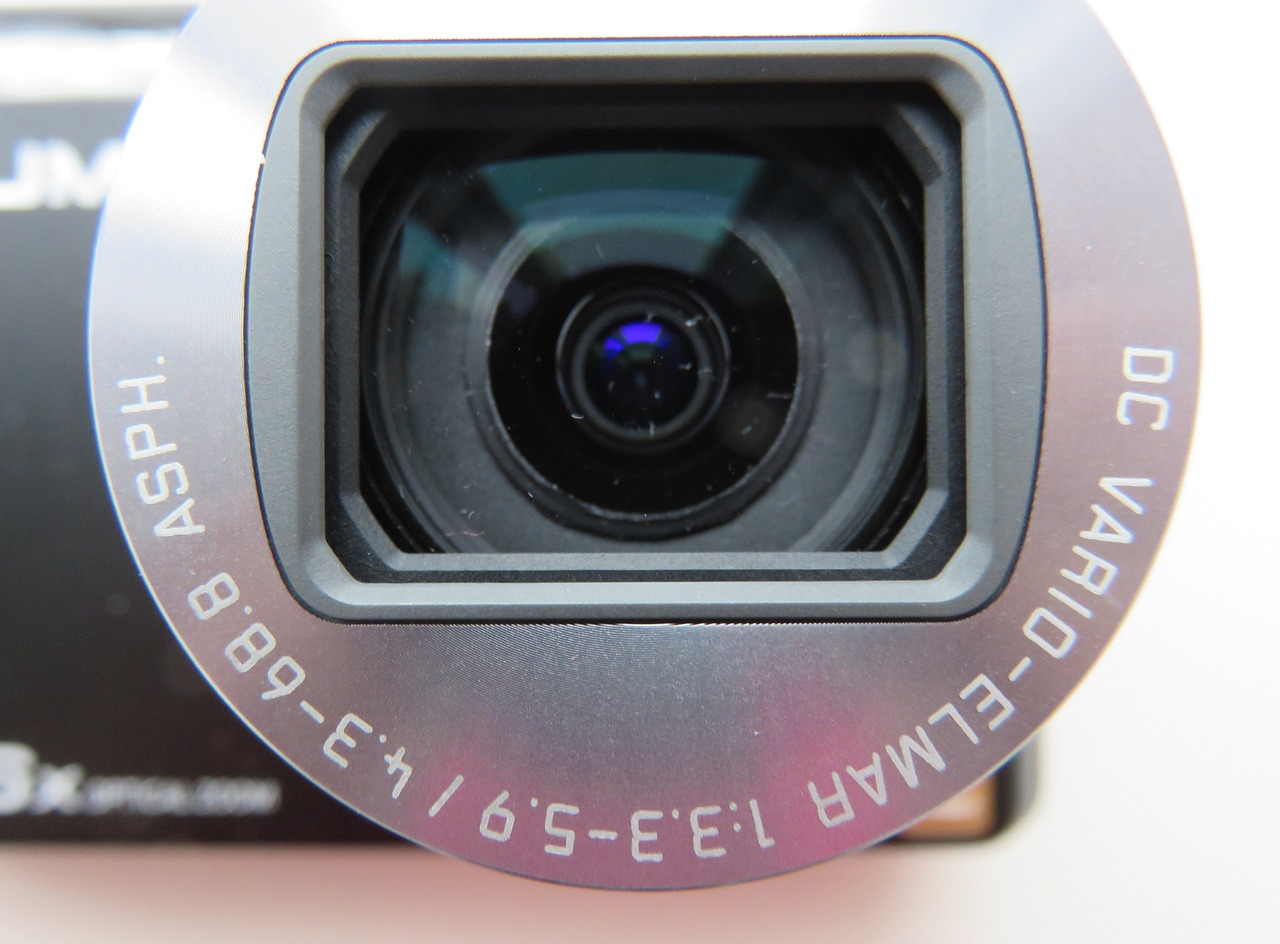How to Choose the Right Car Battery
When it comes to selecting a car battery, there are several types available in the market to consider. The most common types include lead-acid, AGM (absorbent glass mat), and lithium-ion batteries. Each type offers different advantages and suits specific vehicle requirements based on factors such as power capacity, maintenance needs, and cost.
Lead-acid batteries are the traditional choice, known for their affordability and reliability. AGM batteries are a more advanced option, offering superior performance and durability, making them ideal for vehicles with high electrical demands. Lithium-ion batteries, although more expensive, are lightweight and provide high energy density, perfect for modern cars with advanced technology features. Understanding the differences between these battery types can help you make an informed decision that best suits your vehicle’s needs and budget.
Battery Size: Check your car’s manual or consult a professional to determine the correct size of the battery needed for your vehicle.
Checking your car’s manual or seeking advice from a knowledgeable professional is crucial in identifying the right battery size for your vehicle. Different car models require specific battery sizes to ensure optimal performance and compatibility. By referring to the manual or consulting with a specialist, you can accurately determine the correct dimensions and specifications needed for your car’s battery, ultimately avoiding any potential issues or complications.
Choosing the appropriate battery size is essential for ensuring that your vehicle functions efficiently and reliably. Using the wrong size battery can lead to improper fitting, electrical problems, and overall performance issues. By taking the time to confirm the correct battery size through reliable sources such as your car’s manual or a reputable professional, you can enhance the longevity and effectiveness of your vehicle’s battery, ultimately promoting a smoother driving experience.
Cold Cranking Amps (CCA): Consider the CCA rating of the battery, as it indicates the battery’s ability to start your car in cold weather conditions.
When choosing a car battery, one essential factor to consider is the Cold Cranking Amps (CCA) rating. This rating specifies the number of amps a battery can deliver at 0°F for 30 seconds while maintaining a voltage of at least 7.2 volts. A higher CCA rating indicates that the battery can provide more power to start your vehicle in cold temperatures effectively.
In colder weather, the engine oil becomes thicker, making it harder for the engine to turn over and start. Having a battery with a sufficient CCA rating ensures that your car can start smoothly even in frigid conditions. It’s crucial to match the CCA rating of the battery to your vehicle’s requirements to avoid starting issues during the winter months.





